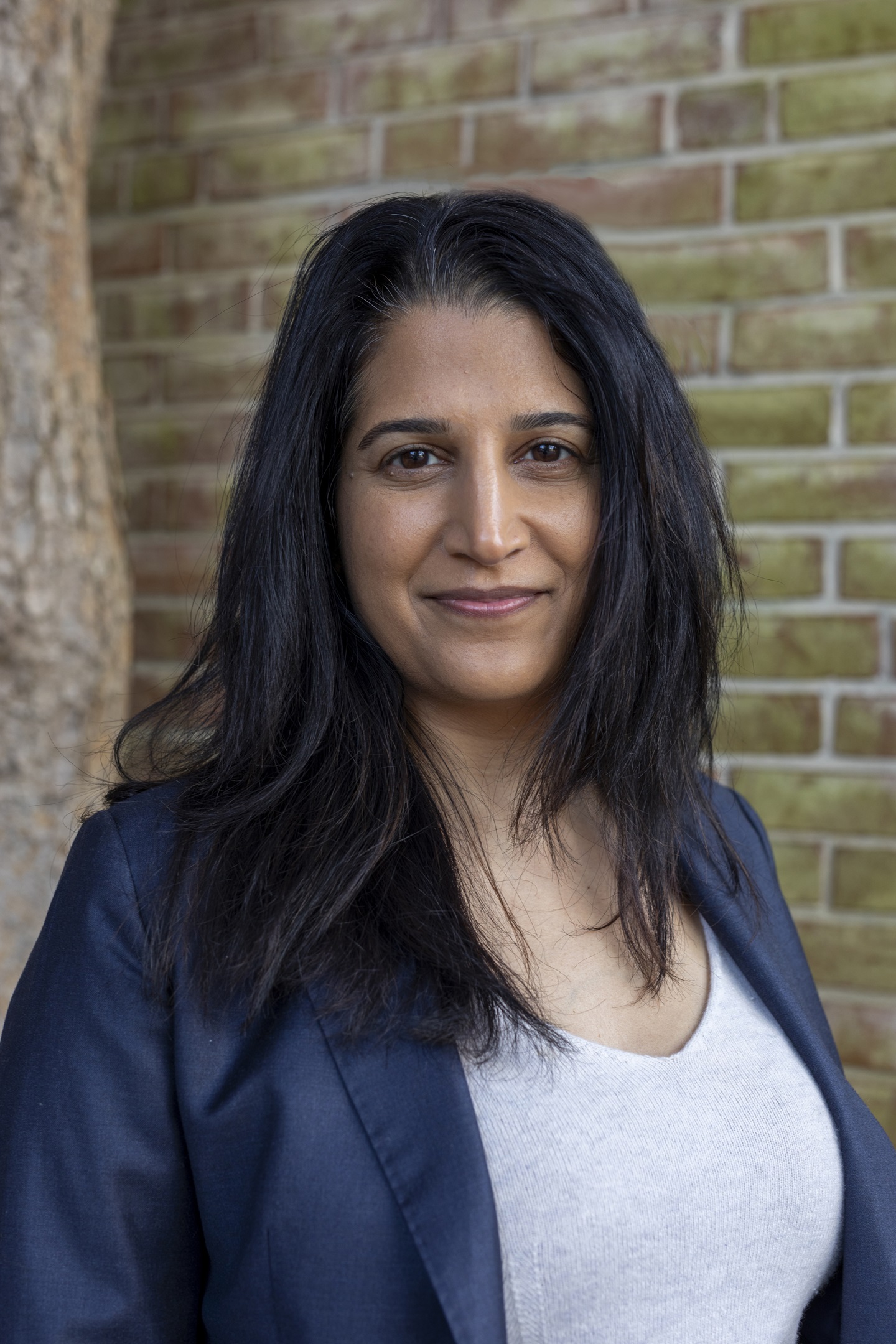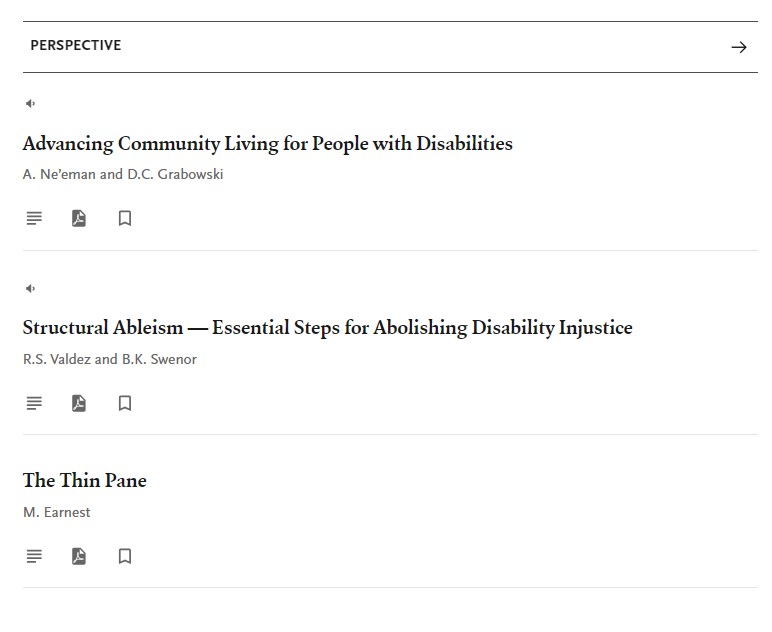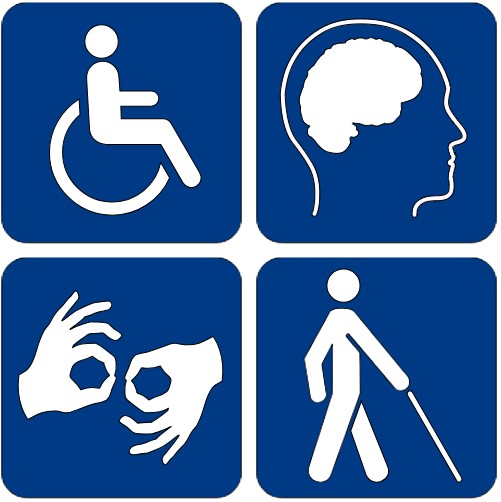A University of Virginia School of Engineering and Applied Science researcher is partnering on a historic and foundational National Institutes of Health study to help the nation discuss, and better address, the concept of structural ableism and where it may result in healthcare disparities.

Rupa Valdez, a professor of systems and information engineering who also holds an appointment as a professor of public health sciences in the UVA School of Medicine, is co-leading the five-year, $2.9 million investigation — the first of its kind.
Currently, the field relies on non-standardized and ad hoc assessments to characterize barriers to health for disability populations.
“Systematically understanding the full range of barriers faced by the disability community to health and well-being, and creating ways to measure these barriers, is an essential first step to creating responsive interventions,” said Valdez, a leader in research with the disability community who has testified before Congress on the need to address health disparities.
Federal Acknowledgement of Disparity
In May 2023, Valdez and primary study collaborator Bonnielin Swenor, who has multiple faculty appointments at Johns Hopkins University, and is the founder and director of Johns Hopkins' Disability Health Research Center, published a perspective piece in the New England Journal of Medicine on structural ableism.

Both Ph.D.-holders identify as members of the disability community, as do many other members of the research team. As they note in their proposal, such an approach “aims to foster an environment where people with lived experience can contribute openly and critique the work without a nondisabled overseer.”
In September 2023, the National Institutes of Health officially designated people with disabilities as a health disparity population.
The designation is an acknowledgment of a previous body of research demonstrating that people with disabilities have higher mortality rates and higher rates of cancer, more severe outcomes from infectious diseases such as COVID-19, poorer mental health, and higher rates of poverty and criminal victimization.
The advocacy of many members of the disability community, including Swenor and Valdez, were instrumental in shaping the NIH’s decision.
Pursuing a Comprehensive Understanding
Valdez and her collaborators intend to identify and measure specific “dimensions,” or extents, of structural ableism that collectively define the broader societal problem.
“Studies have demonstrated that it is a fallacy to place blame for health disparities faced by the disability community solely on underlying health conditions, rather than acknowledging the disparities emerging from ableist health and social systems” Valdez said.
All work to fix and re-engineer healthcare ... begins with a deep dive into understanding the lived experiences of disabled people over time.
She and Swenor will be joined by researchers at Virginia Tech and the University of North Carolina at Chapel Hill, and an advisory board from universities and community-based organizations nationwide.
“All work to fix and re-engineer healthcare and the broader social and physical systems that contribute to health and wellbeing begins with a deep dive into understanding the lived experiences of disabled people over time,” Valdez said. 
The study will use historical, qualitative and statistical methods to investigate the needs of a cross-section of the more than 70 million people in the United States who self-identify as having a disability.
The research will take into consideration people from all walks of life, across lifespan, including older adults. About 25% of people in the U.S. report having a disability, according to the CDC, while that number rises to about 45% for those 65 and older.
And it will encompass people with all types of disabilities, including those that are physical, cognitive, sensory and mental-health related.
“We will explicitly attend to intersectional experiences, such as disabled people who identify as racial and ethnic minorities, and those who live in rural areas,” Valdez added.
How the Research Will Unfold
The first step will be to identify the key dimensions of structural ableism using two methods: Historical and policy analysis (a humanities-based approach will draw key themes from an analysis of existing texts, including memoirs, biographies, legislation and blogs, among others.
Then, key informant interviews (a qualitative research method that involves a conversation with a small group of people who have specialized knowledge and experience about a specific topic) will provide further depth. The first interviewees will be advocates and activists in the disability rights and disability justice communities, and all interviews will be conducted by community advocates as well.

The next step will be to develop an individual-level measure of structural ableism based on what is learned. “This type of measure focuses on quantifying an individual’s experience of bias and discrimination based on their disability across the multiple systems in which they are engaged,” Valdez said.
The researchers will additionally develop a community-level measure of structural ableism, which seeks to quantify disparities that may exist within a specific geographic region.
“In the final step, we want to explore how both types of measures shape health outcomes for the disability community,” she said.
Potential for Improving and Even Saving Lives
Valdez hopes that the work will be transformative, creating the tools necessary for many others to explore the complex relationships between structural ableism and a wide range of health outcomes.
“Without such tools, it is incredibly difficult to understand and address the impact of structural ableism on health outcomes from a systems perspective,” Valdez said. “Creating interventions to holistically address structural ableism is essential to advancing equity in health care access and health care quality, and in improving the overall health of the disability community.”
The NIH study "Identifying and Measuring Domains of Structural Ableism to Advance Health Equity for the Disability Community" was awarded July 30, 2024.